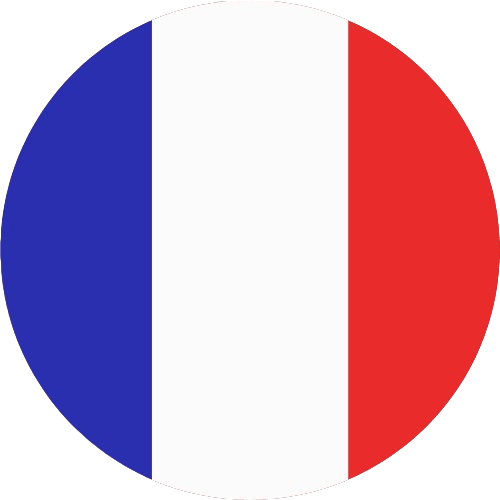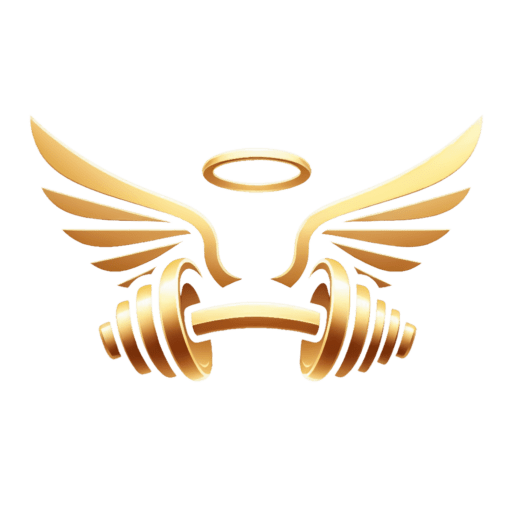The Structure of the Neck
The neck is composed of several muscles, both superficial and deep, including the splenius muscle of the neck, the semispinalis muscle of the neck, and the longissimus muscle of the neck. Their antagonists are the sternocleidomastoid muscles and the scalene muscles.
Splenius Muscle of the Neck (Splenius Cervicis) a
Attaches to the spinous processes of the upper cervical vertebrae (C1 to C4).
It is responsible for the extension and ipsilateral rotation (towards the same side) of the head and neck. When both splenius muscles act together, they contribute to neck extension.
Semispinalis Muscle of the Neck (Musculus Semispinalis Cervicis)
Inserts onto the spinous processes of the upper thoracic vertebrae (T1 to T6) and the lower cervical vertebrae (C2 to C5).
It is primarily responsible for the extension, contralateral rotation (towards the opposite side), and lateral flexion of the neck. When acting bilaterally, it contributes to the extension of the cervical spine.
Longissimus Muscle of the Neck (Longissimus Capitis)
Attaches to the transverse processes of the thoracic vertebrae (T1 to T5) and cervical vertebrae (C2 to C6), as well as to the mastoid part of the skull (basilar part of the occipital bone) and the upper part of the transverse processes of the lower cervical vertebrae.
It is involved in the extension of the cervical spine, stabilization of the cervical spine, and participates in lateral flexion and rotation movements of the neck.
Sternocleidomastoid Muscles (Sternocleidomastoideus)
Attach at two insertion points. The origin (sternal head) is located on the manubrium (upper part of the sternum) and the clavicle. The insertion (mastoid head) is situated on the mastoid process of the temporal bone, just behind the ear.
They are bilateral and are responsible for movements such as head flexion (when acting together), lateral tilting of the head to the opposite side (when one muscle acts in isolation), and rotation of the head to the opposite side (when one muscle acts in isolation). These muscles also play a crucial role in stabilizing the head and neck during movements such as trunk flexion.
Scalene Muscles (Anterior, Middle, and Posterior Scalenes)
Are located on the sides of the neck, each with different insertion points. The anterior scalenes attach to the anterior tubercles of the transverse processes of the cervical vertebrae (C3-C6). The middle scalenes insert onto the posterior tubercles of the transverse processes of the cervical vertebrae (C2-C7). The posterior scalenes attach to the transverse processes of the cervical vertebrae (C5-C7).
They play a crucial role in respiration and elevating the ribs during deep inspiration. They also help stabilize the cervical spine during lateral flexion of the head and neck. When the scalene muscles are fixed (e.g., during breath-holding), they assist in maintaining the cervical spine in a neutral position.
Main exercises
No Results Found
The page you requested could not be found. Try refining your search, or use the navigation above to locate the post.

